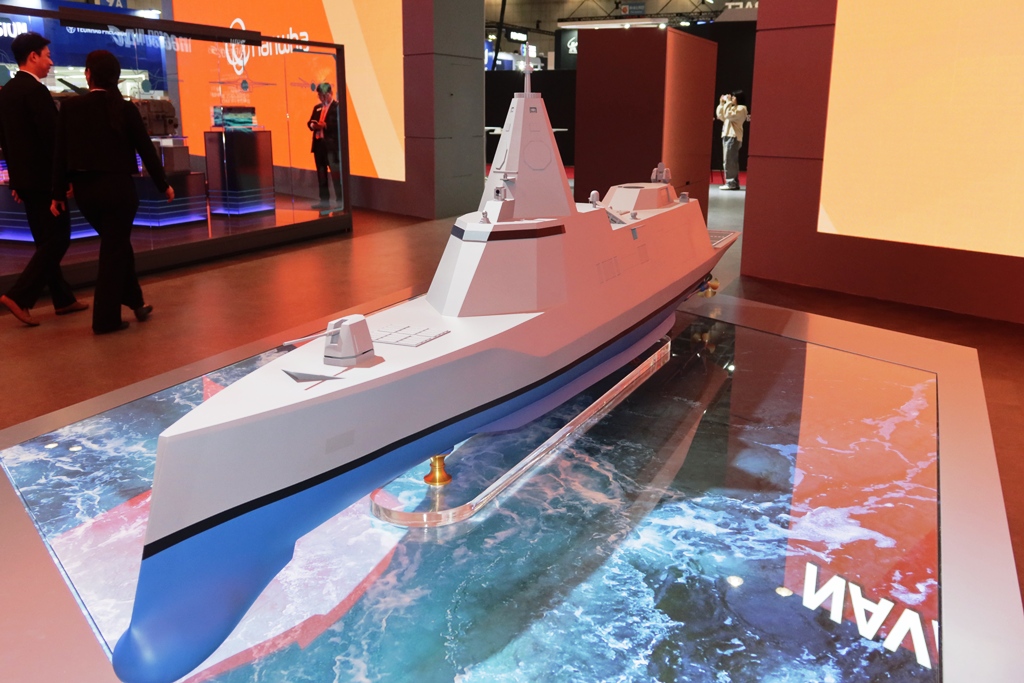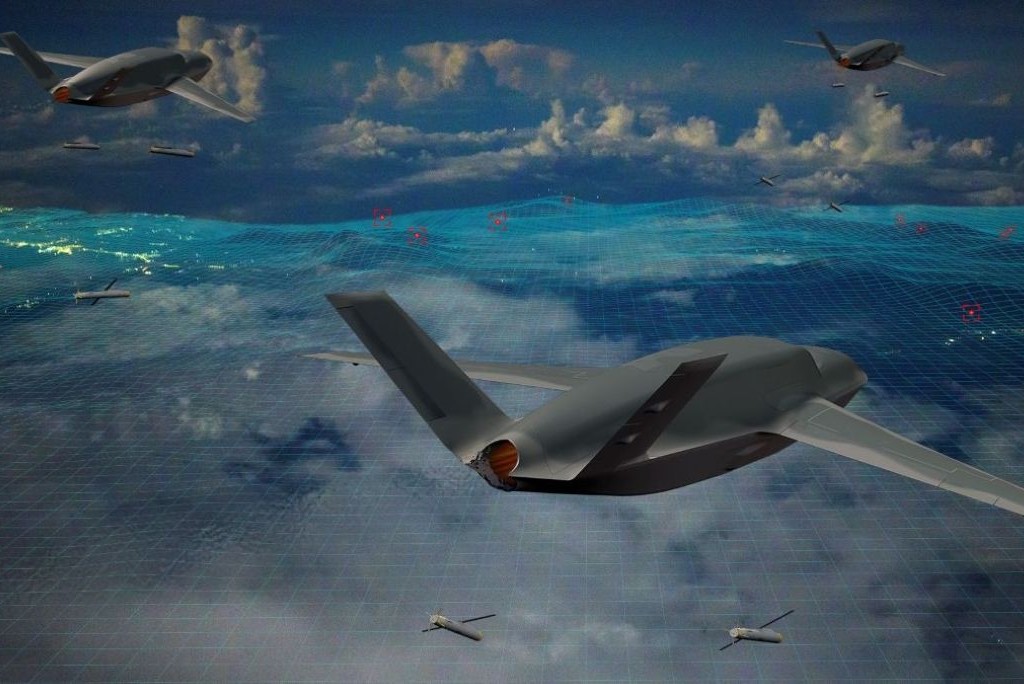The Philippine Military’s Shift in Defense Strategy: A Focus on Self-Reliance
Overview of New Defense Initiatives
The Armed Forces of the Philippines (AFP) is implementing a new defense strategy aimed at enhancing its capabilities to protect the nation against potential aggressors without immediate assistance from allied forces. This strategic pivot is particularly motivated by escalating regional tensions due to China’s assertive maneuvers in the West Philippine Sea and ongoing developments surrounding Taiwan.
Strategic Military Exercises
In a bid to bolster its defensive readiness, the AFP will conduct its annual military exercise, known as AJEX DAGIT-PA (Armed Forces of the Philippines Joint Exercise Dagat-Langit-Lupa). This year’s undertaking marks a critical phase in the AFP’s evolving defense strategy:
- Integrated Training Scenarios: The exercises will cover a variety of operational domains, including integrated air and missile defense, protection of vital energy infrastructure, land defense operations, and amphibious maneuvers aimed at reclaiming strategic islands, airfields, and ports.
- Comprehensive Conflict Assessment: Military planners have meticulously analyzed numerous conflict scenarios, preparing strategies to effectively counter potential missile threats while evaluating troop responses and identifying defense inadequacies.
Focus on Key Locations and Limited Engagement
This year’s exercises will take place primarily along the northern and western borders of the Philippines, notably including operations at Thitu Island (Pag-asa Island). Experts consider this territory a high-priority target in case of an incursion. The training will incorporate:
- Naval and Amphibious Operations: Although details on naval support during landing exercises remain confidential, the AFP will undertake surface fire support drills aimed at enhancing response capabilities.
- Reduced Troop Participation: Participation will be limited this year to approximately 2,000 personnel, a decrease from 3,000 last year. This streamlined approach will also enlist reservists, members of the Philippine Coast Guard, and the Philippine National Police to support operational effectiveness.
Cyber and Electronic Warfare
In light of modern warfare’s complexities, the training agenda has evolved to include components focused on cyber warfare, electronic warfare, and space operations. These are regarded as essential for a comprehensive defense posture.
Operationalizing the Unilateral Defense Plan
The recent strategic transitions within the AFP are underscored by the development of a “unilateral defense plan,” labeled Bantay Kalayaan. This initiative aims to implement the Comprehensive Archipelagic Defense Concept (CADC), which was formally introduced last year. Key aspects include:
- Strategic Command Establishment: The AFP has formed a Strategic Command designated to take charge of operations concerning exclusive economic zones and occupied territories in the South China Sea. This command represents a significant shift towards a more focused territorial defense structure.
- Command and Control Enhancements: The newly organized command unit is intended to streamline decision-making processes, reflecting the AFP’s growing emphasis on self-sufficiency in defense.
Implications of the Strategic Shift
Chief of Staff Gen. Romeo Brawner Jr. emphasized the necessity for the AFP to be capable of sustaining a defensive posture independently for a minimum of one month in the event of conflict. This proactive stance is intended to ensure a first line of defense while awaiting potential allied reinforcements under mutual defense agreements.
- Real-World Implications: Gen. Brawner articulated the importance of these exercises, emphasizing that they are more than mere simulations but rather critical assessments of the nation’s defensive limits.
- Adaptation to Geopolitical Context: The exercises also reflect the broader geopolitical landscape, with the Philippine military laying the groundwork for a defense mechanism that addresses both immediate national security concerns and long-term strategic objectives.
The outcomes of this multifaceted exercise will serve as a critical barometer for the Philippines’ ability to navigate the increasingly complex security environment in the Asia-Pacific region, thereby reinforcing the necessity for a robust and independent defense architecture.





